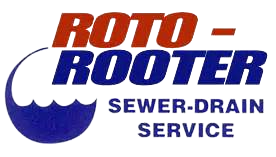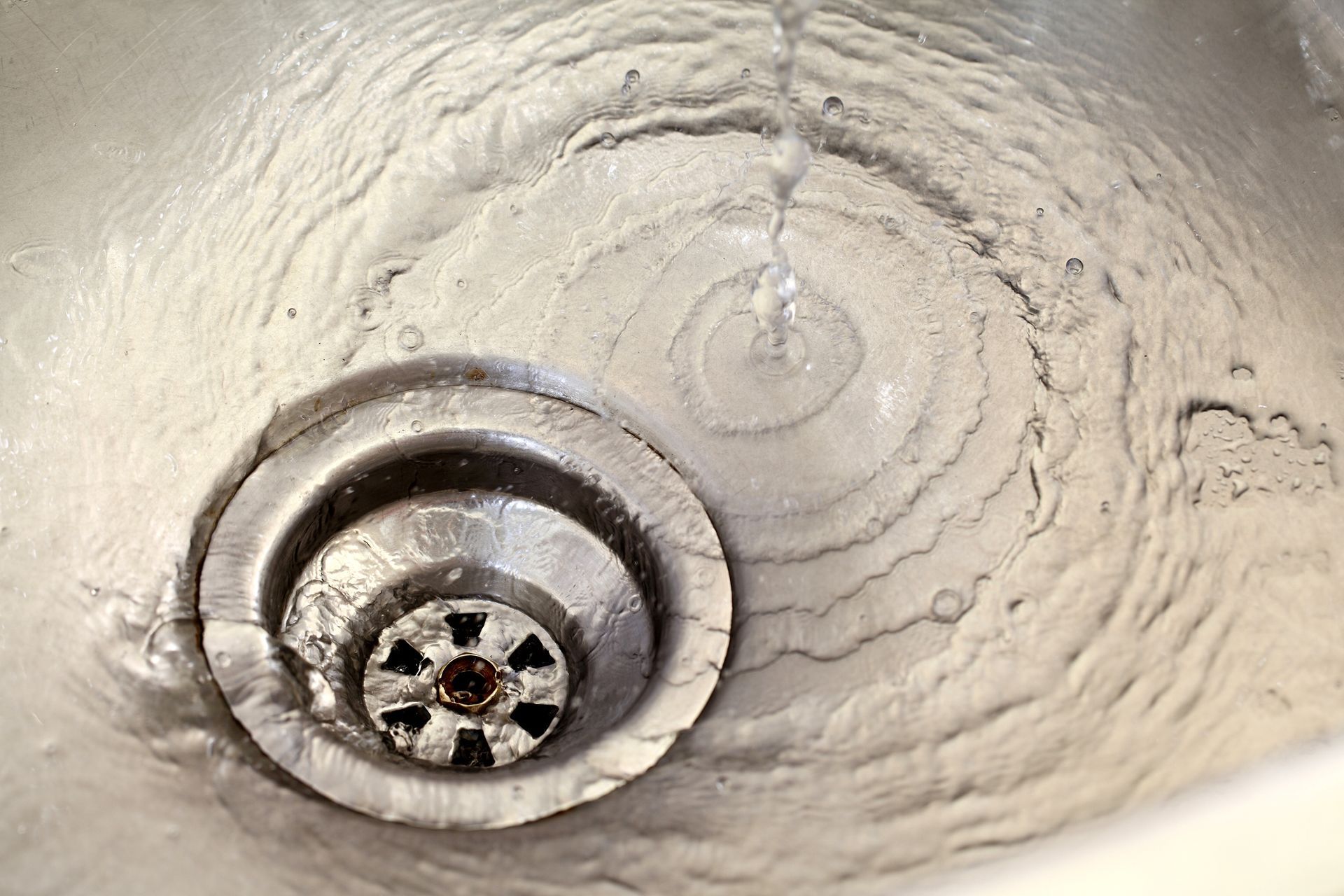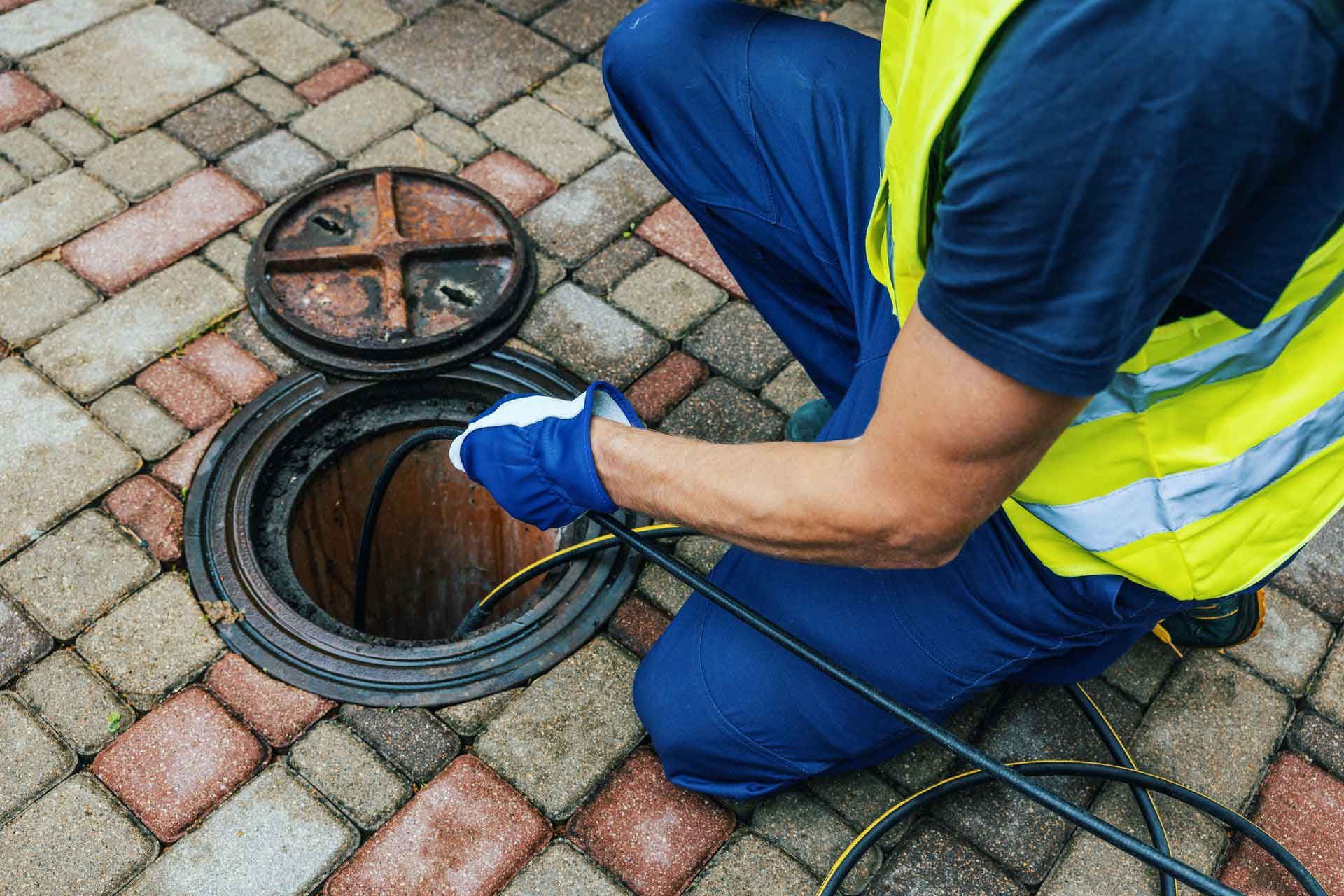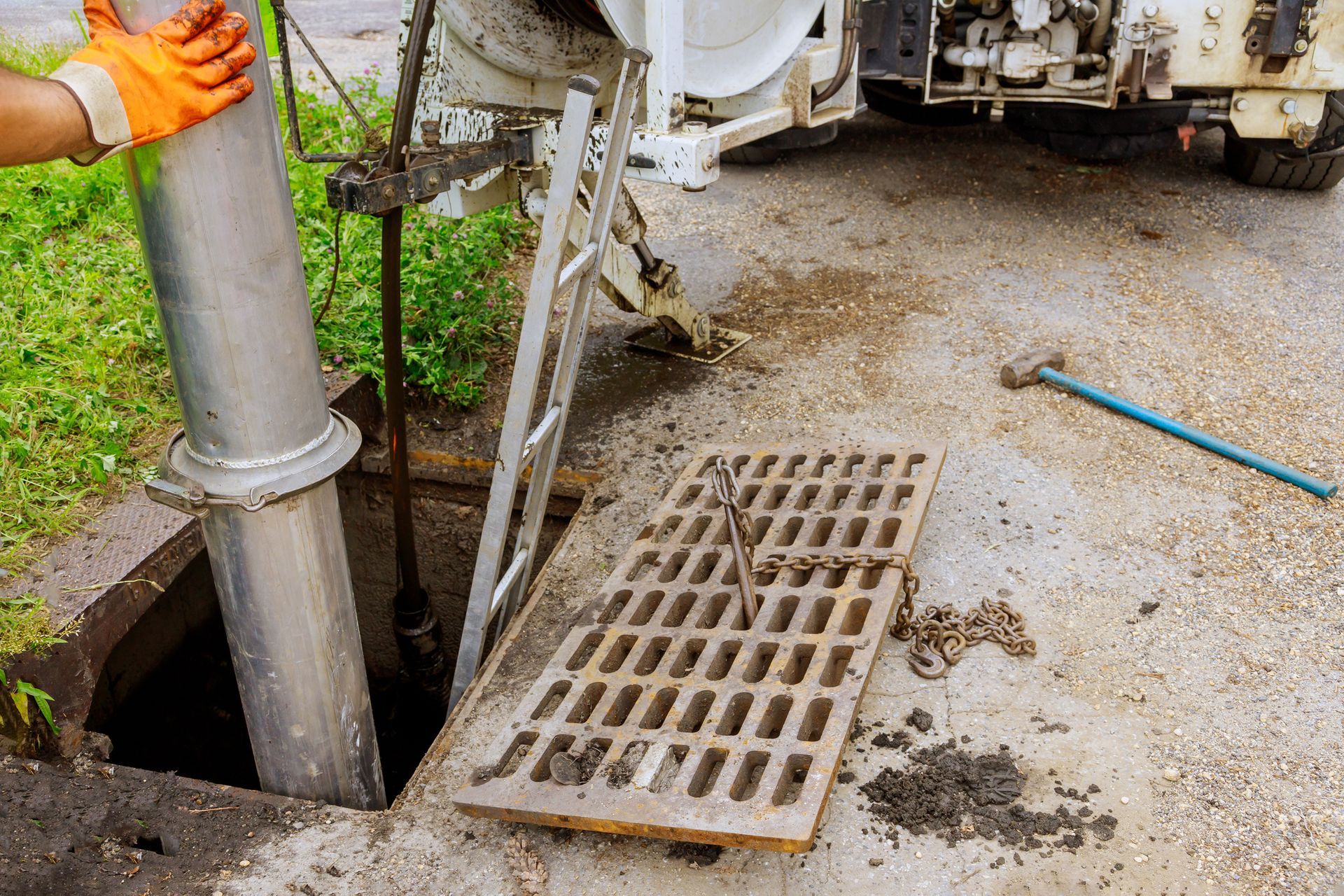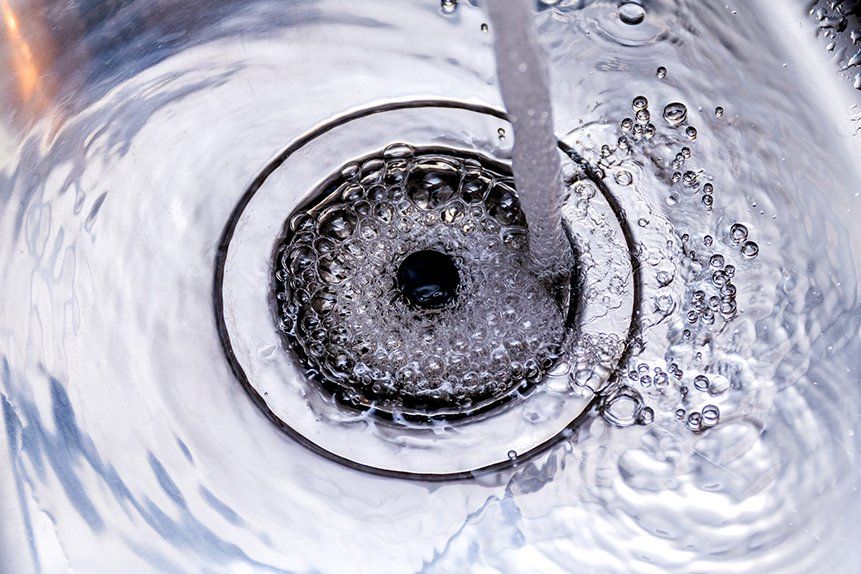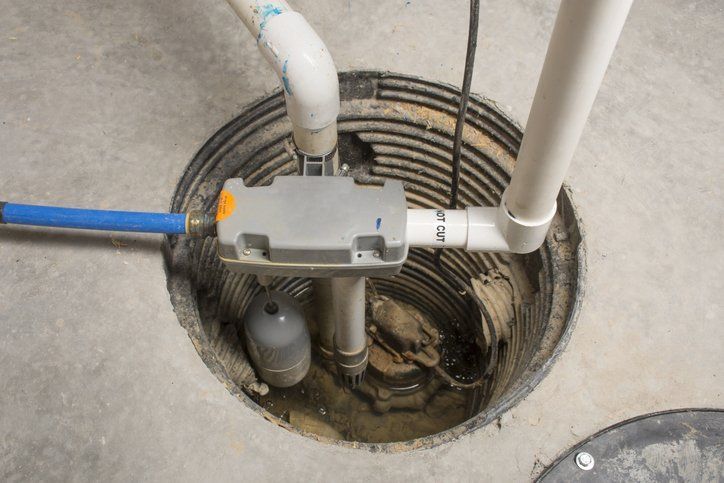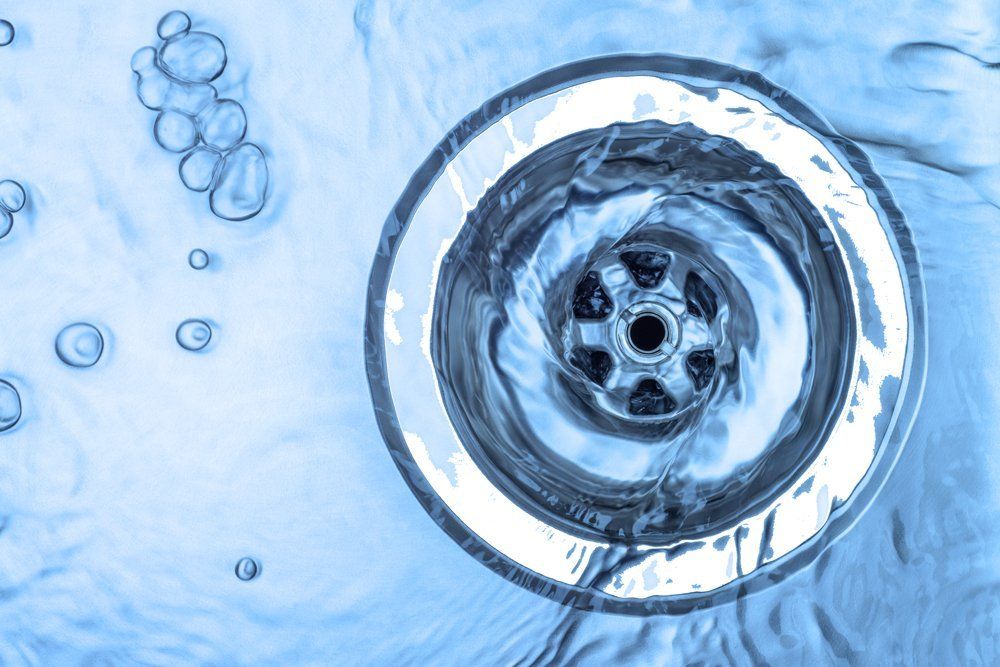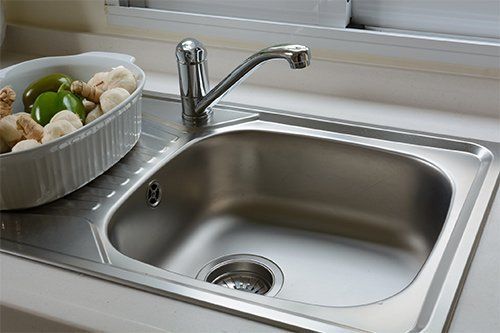5 Reasons to Use Video to Inspect Your Clogged Sewer Pipes
February 20, 2019
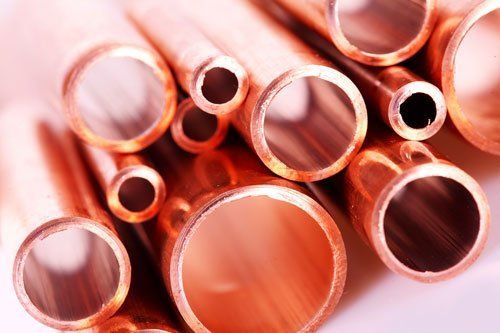
A working home sewer system is easy to take for granted since it seems to work magically to whisk away water and waste - until the day that it suddenly stops working. When you see bubbles rising through a toilet that won't flush or sewage backing up into the tub, you definitely need to figure out what's going on inside the pipes.
While video inspections can add to the overall cost of clog removal, they're highly recommended before you do any jetting or snaking. These five benefits emphasize the importance of video inspections.
1. Pinpoint the Problem
Large homes set back a good distance from the street can have dozens of feet of sewer main pipe stretching under the ground. Combine this with the potential for the clog to occur higher up within the home's drainpipes and pinpointing the exact problem becomes far more complicated.
Sewer and pipe inspection cameras help the plumber find and confirm the problem before starting any other work. This reduces wasted time and effort, resulting in a lower service fee in many cases.
2. Discover Other Issues
Even if the plumber knows where the clog is by how it affects the home's plumbing, this doesn't guarantee that only one clog has caused the problem. A grease and hair deposit may be a problem early on in the sewer line that only hides a further collapsed section or root intrusion.
While initial video inspection may have to stop at the first clog, the plumber can return the camera to the line after clearing each problem to check for problems further down the pipe. This ensures the plumber clears the entire length before declaring the job done.
3. Determine the Right Approach
With such a variety of clogs forming within sewer lines, guessing which unclogging process to try first might be hard. Hydro jetting that can knock fat or hair loose won't necessarily move tightly knotted roots, while even root cutters fail if the pipe has collapsed entirely.
Not all pipe-clearing methods are safe for all materials either. Clay and old cast iron pipes are particularly prone to damage from more vigorous methods. While the plumber can often make a guess to the sewer pipe material based on the age of the home, only a video inspection can verify if the guess was correct or not.
4. Get All of the Clog
The most basic approach to sewer pipe cleaning involves punching a hole through the middle of a clog so water can flow again. However, a quick approach like this won't remove the residue clinging to the sides of the pipe, resulting in further accumulating of new material so a clog eventually re-forms in the same spot.
In order to completely clean away the residue of a grease clog or the fine bits of roots left behind, you'll need a plumber who can inspect the pipes while they clean them. This ensures that the plumber will be able to thoroughly and carefully clean to avoid damage to the interior of the pipes and clear out the entire clog.
5. Make an Insurance Claim
If your home insurance coverage includes sewer line unclogging and replacement, you may need to have a video inspection to prove you really need the repairs. Even if this is not a requirement, having your plumber record a visual inspection and send you the video file for safekeeping can prevent your claim from denial.
Wondering what's happening inside your sewer pipes? Look inside by scheduling an inspection from us here at Roto-Rooter Sewer Service. If we discover signs of a problem, we'll recommend the best treatments for removing the clog and preventing future ones from forming.
